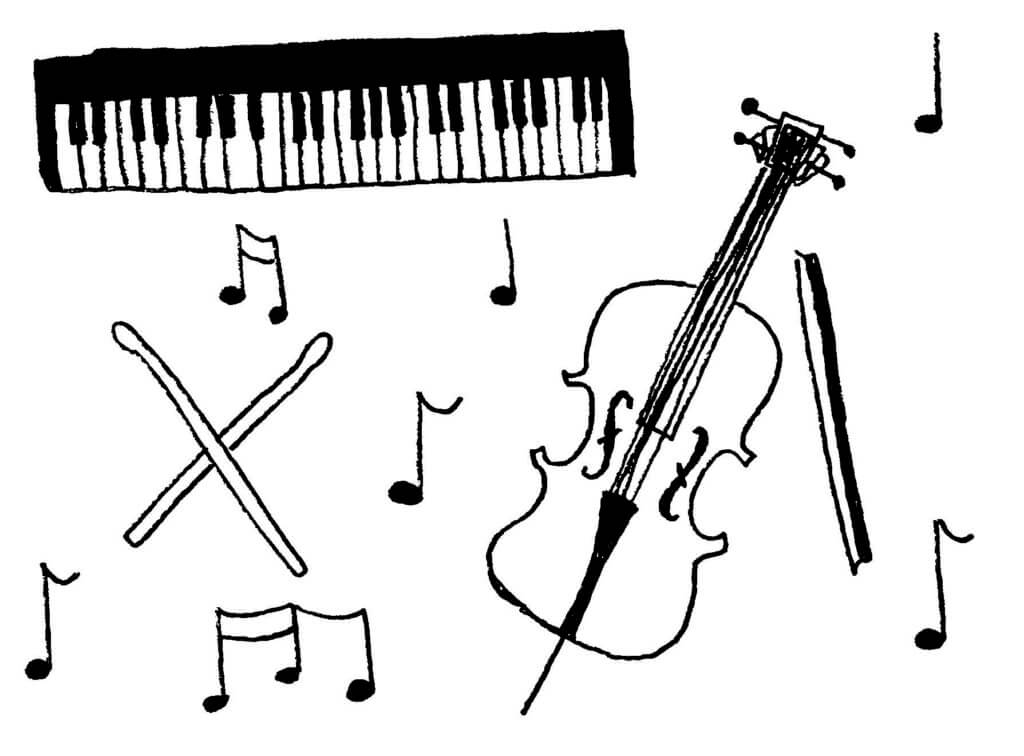Indigenous artist Jeremy Dutcher reignites his ancestral language through international tour

On Nov. 30, the Mount Allison University Performing Arts Series presented its second concert of the season, and the performances just keep getting better and better. This neo-operatic performance brought the Indigenous artist Jeremy Dutcher, recipient of the 2018 Polaris Prize, to the Brunton Auditorium.
Coming from the Tobique First Nation in New Brunswick, Dutcher’s music calls out to the stories of his ancestors through transcriptions of Wolastoq songs from 1907 wax cylinders, an early recording medium. These recordings are central to his original interpretations.
“I think the act of sonic reclamation is so important. It’s a really beautiful time right now. Our young people are taking those songs back and investing in our language,” said Dutcher. “Culture is fluid, and culture grows.”
Dutcher worked on his recent debut album, Wolastoqiyik Lintuwakonawa, for five years, modernizing the songs of his ancestors. Many of the songs from this album were discussed during and included in his concert. The performance of electrifying music created a sense of awakening for spectators and educated many who are only now learning about Indigenous history.
“Jeremy Dutcher is an energetic performer that brought new diversity to the performance atmosphere of Brunton Auditorium as we work towards supporting and normalizing Indigenous cultures rather than tokenizing them,” said music student Bryenton Innes. Dutcher’s performance was the topic of many conversations in the following days.
After the performance, Dutcher encouraged spectators to pay a visit to his parents at a booth in the lobby. His parents, who were accompanying him on tour, were fundraising to start an immersion program for the Wolastoqey language. Dutcher emphasizes the importance of this project on his website, where he notes, “I’m doing this work because there’s only about a hundred Wolastoqey speakers left,” adding that, “It’s crucial for us to make sure that we’re using our language and passing it on to the next generation. If you lose the language, you’re not just losing words; you’re losing an entire way of seeing and experiencing the world from a distinctly Indigenous perspective.”
While Dutcher’s work has received criticism, it has for the most part been viewed as an important part of the ignition of an Indigenous renaissance. “My mom always said, ‘If they don’t know you personally, don’t take it personally,’ ” said Dutcher. “Anyone I’ve received backlash from doesn’t really understand the implications of this work.”
When asked about his next steps in his career, Dutcher alluded that there was no timeline for his next art piece: “I’m going to let the next stories take the time that they need to come out. It’s very frustrating!”
There’s no shortage of music for fans who are waiting for Dutcher’s next project to form. Dutcher himself listens to and recommends several Indigenous artists including Buffy Sainte-Marie, Nina Simone and Riit. These artists, like Dutcher, are paving the way for other Indigenous artists.
“Being an Indigenous artist has given me this unique space to forge my own path because often people don’t know what to expect from me,” said Dutcher.
As Dutcher said in his Polaris Prize acceptance, “Canada, you are in the midst of Indigenous renaissance.” This new cultural boom is expanding the reach of the present Indigenous community and forging the path for the truth of Indigenous history to come forward. It is up to Canadians to open their ears.





